Artists throughout history have not only left an indelible mark on the world through their creations but have often grappled with profound mental health challenges. This blog delves into the lives of ten major artists who, despite their immense creative contributions, faced severe mental health issues. From the highs of artistic brilliance to the lows of internal struggles, these individuals left a complex legacy that intertwines the realms of creativity and mental well-being. Join us as we explore the intersection of artistic genius and the profound impact of mental health on these iconic figures.
The List of 10 Major Artists with Mental Health Issues
1. Emily Dickinson
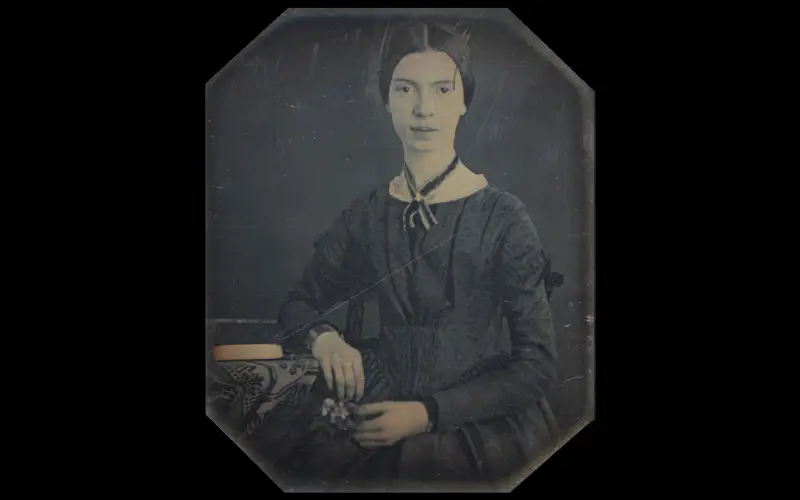
While not recognized as a visual artist, Emily Dickinson deserves acknowledgment for her poetic talent and struggles with social anxiety. Born in 1830 in Amherst, Massachusetts, Dickinson was often perceived as an eccentric recluse who spent most of her adult years in seclusion. During her lifetime, only around 10 of her poems were published. However, upon her death at the age of 55, it was revealed that her reclusive nature inspired a secret collection of 1,800 poems, which were later discovered by her sister.
2. Jean-Michel Basquiat
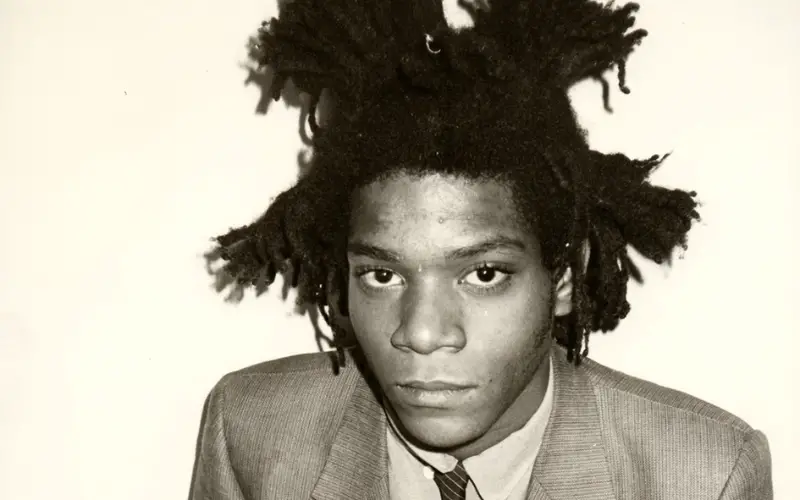
Commencing his artistic journey as the graffiti artist SAMO in New York City, Jean-Michel Basquiat later transitioned into the realm of neo-expressionism. Despite the positive reception of his art, Basquiat grappled with paranoia and battled a drug addiction that tragically claimed his life. He succumbed to a heroin overdose at the age of 27.
3. Michelangelo
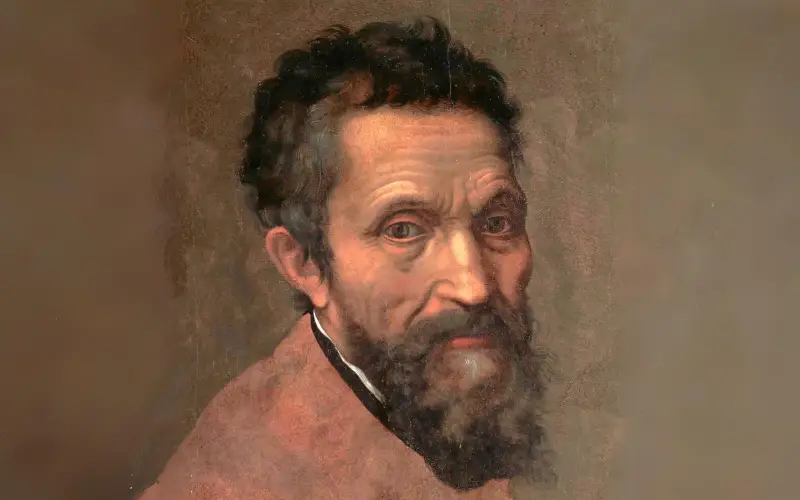
In this case, the boundary between being a genuine artist and appearing outright eccentric is delicately navigated. While there are no overt indications of madness in Michelangelo’s case, some conjecture suggests that, alongside his struggles with depression, he might have experienced Autism. Ultimately, he displayed hyper-obsessiveness towards his craft, dedicating an uninterrupted four years to the creation of the Sistine Chapel. Historical accounts also assert that he disregarded personal hygiene in the pursuit of his artistic endeavors.
4. Paul Gauguin
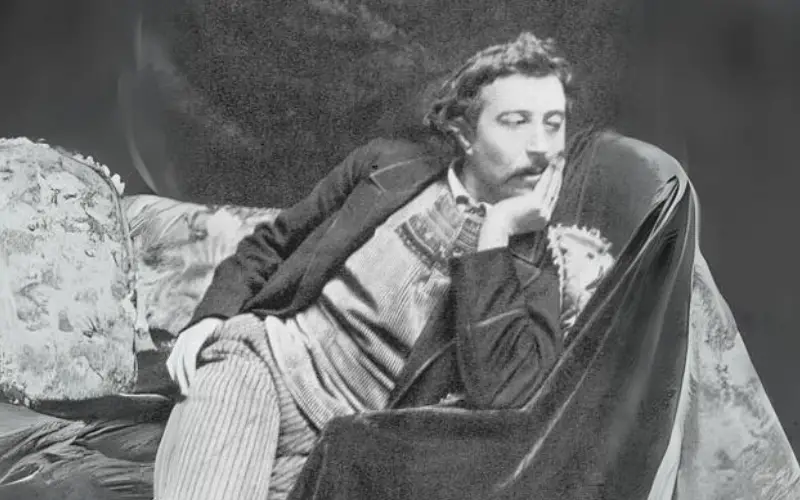
Hailing from France in 1848, Paul Gauguin was a contemporary of Vincent Van Gogh, sharing common interests such as depression and suicidal inclinations (Gauguin was the last person to see Van Gogh before the infamous ear incident). Despite being a highly influential artist of his era, Gauguin faced his own challenges, including a suicide attempt, a profound mid-life crisis, and a struggle with alcoholism. Eventually, seeking solace, he fled to Tahiti in the final years of his life to pursue painting in tranquility.
5. Salvador Dali
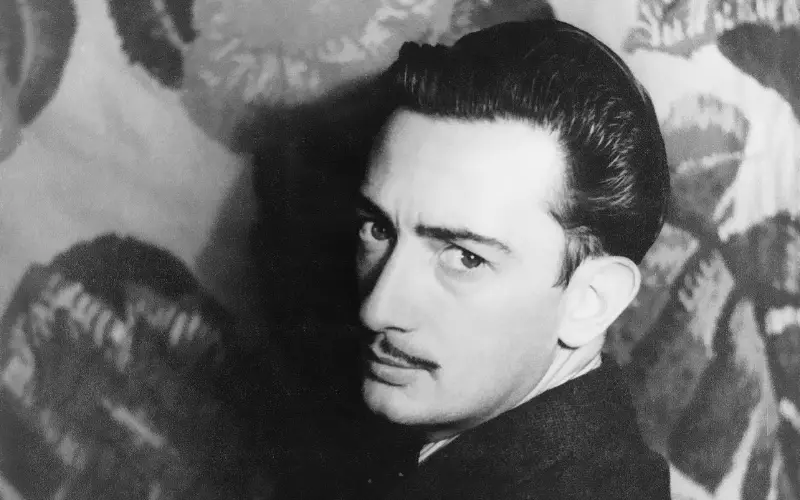
Initially a draftsman, Salvador Dali, a Spanish painter, achieved fame primarily through his masterpiece, “The Persistence of Memory,” a surreal and psychedelic painting showcasing melting pocket watches. While Dali may not have been clinically insane or depressed, he often indulged in flamboyant public antics, characterized by eccentric and disconcerting behavior, such as his humorous television commercial promoting French chocolates, which raised eyebrows among critics.
6. Jackson Pollack
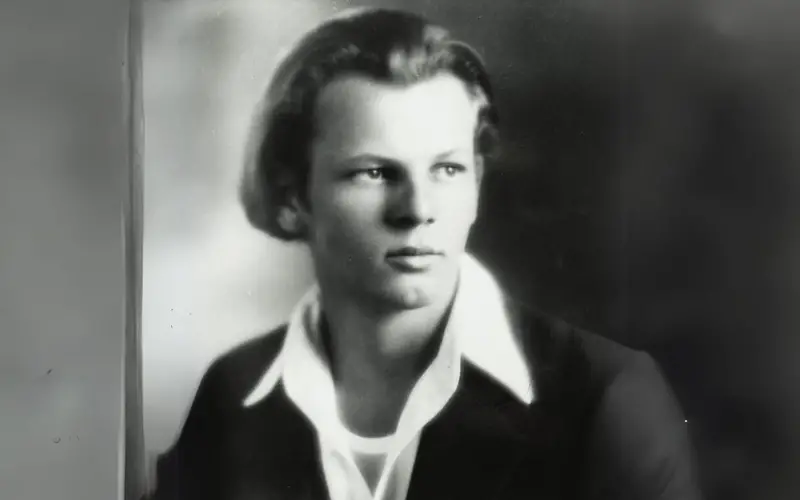
Hailing from Wyoming in 1912, Jackson Pollock gained fame for his abstract expressionism, which, at an initial glance, might appear as chaotic splatters but transforms into a detailed map of his mind with closer examination. While he did experience recognition during his lifetime, Pollock grappled intensely with depression, and his struggle with alcoholism ultimately led to his demise in a fatal car accident linked to alcohol.
7. Richard Dadd
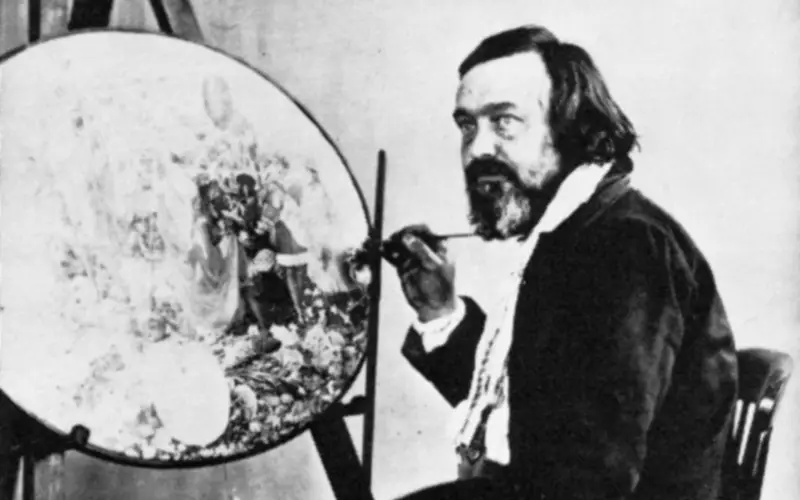
Coming into the world in 1817, Richard Dadd, a British painter, gained renown for his portrayal of supernatural entities, with his magnum opus being “The Fairy Feller’s Master-Stroke.” Despite being recognized as an extraordinary talent from a young age, at 20, he descended into delusions, convinced that he was under the possession of the Egyptian god Osiris. Consequently, the subsequent body of his artistic work was produced within the confines of various psychiatric institutions.
8. Mark Rothko
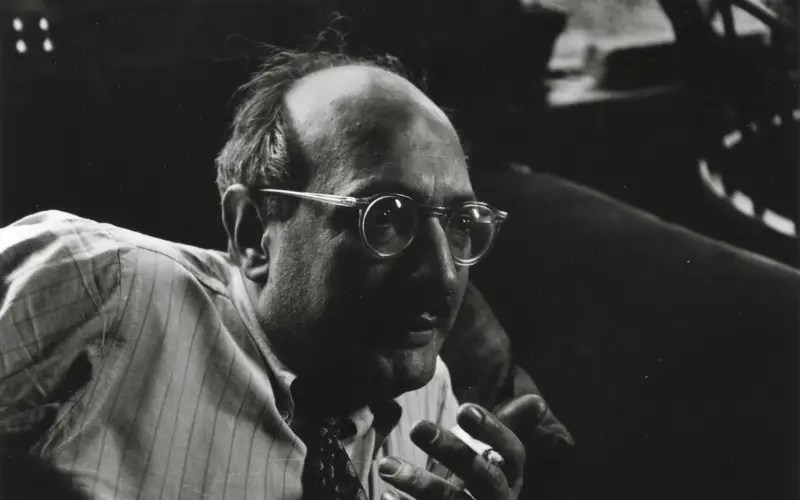
Originally from Russia but later becoming an American immigrant, Mark Rothko stood as another abstract painter, distinguishing himself from Jackson Pollock with a more straightforward and disciplined approach to his work. Despite achieving considerable success in his career using basic blocks of complementary colors, Rothko grappled with profound depression internally. To the extent that, at the age of 66, he was discovered lifeless on his kitchen floor, having tragically taken his own life by slitting his wrists.
9. Caravaggio
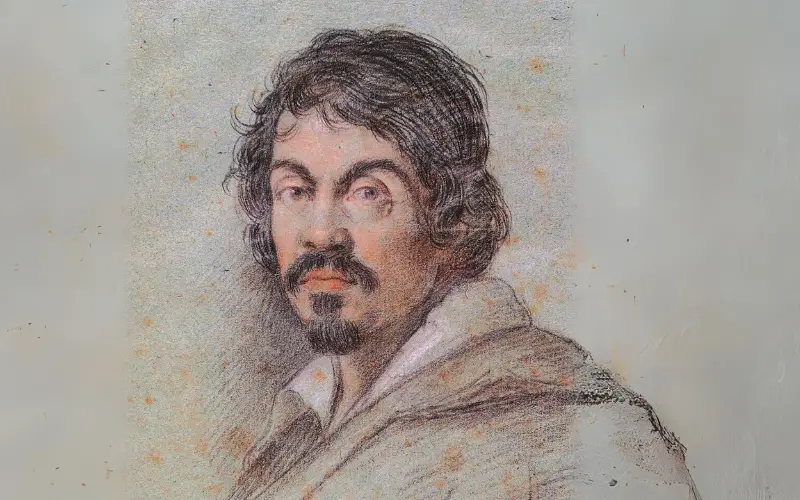
Arriving in 1571, Michelangelo Merisi da Caravaggio, an Italian artist, grappled with success without much finesse. Despite enjoying numerous patrons and earning the title of the “most renowned painter in Rome” from 1600 to 1606, Caravaggio found himself in jail multiple times, faced a death warrant, and was notorious for engaging in physical altercations. Notably, during his stint as an amateur fighter, he fatally wounded a young man with a knife in a brawl, leading to his compelled departure from Rome.
10. Vincent Van Gogh
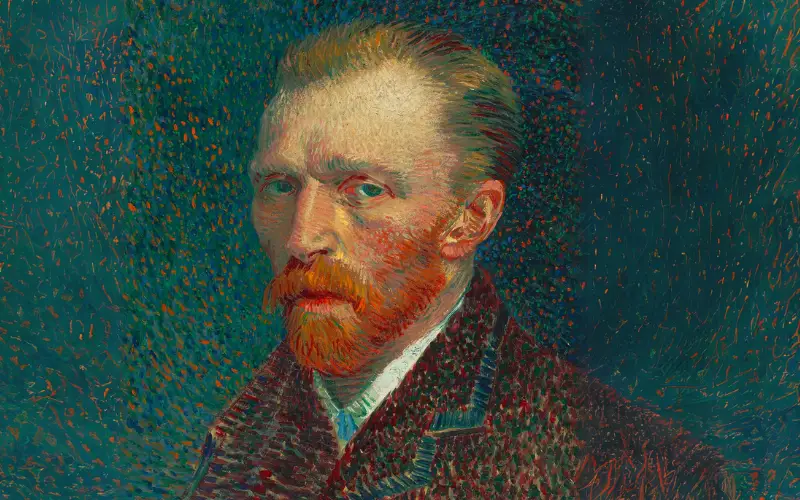
Coming into the world in the Netherlands in 1853, Vincent Van Gogh was a highly productive painter credited with some of the most renowned artworks in history, such as Starry Night and numerous self-portraits. Despite his prolific output, Van Gogh, who battled depression, found himself in an asylum, infamously severed his own left ear, and tragically ended his life at the age of 37 by shooting himself in the chest with a revolver.
Conclusion
In conclusion, the exploration of the lives of these ten major artists unveils a poignant connection between artistic brilliance and the challenges of mental health. Their struggles, triumphs, and the impact of their creations on the world serve as a testament to the complex relationship between creativity and the human mind. As we reflect on their stories, it becomes evident that understanding and acknowledging the mental health struggles of artists is crucial in appreciating the depth of their work. By shedding light on these narratives, we hope to foster a greater awareness of the human experience and inspire compassion for both the art and the artists who navigate the intricate landscape of mental health.
Recent Posts
Science Trivia - Astronomy ...
Step into a realm of nostalgia as we embark on a journey through the annals of pop culture and bid farewell to 35 recently obsolete technologies. In the ever-evolving landscape of innovation, certain...
